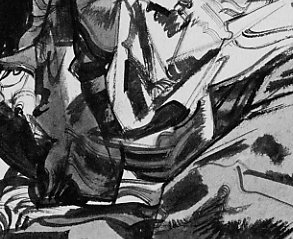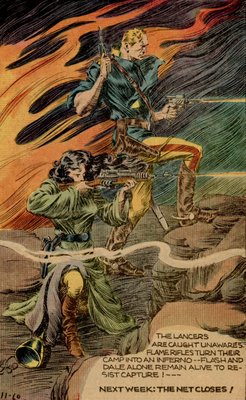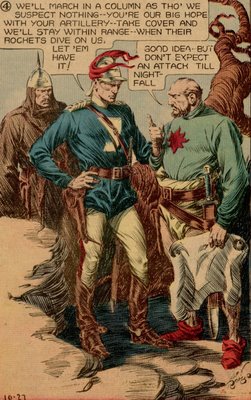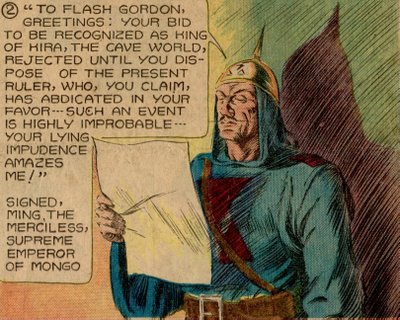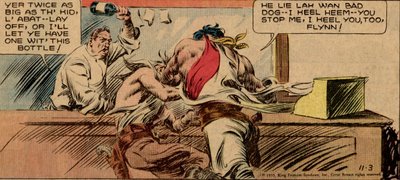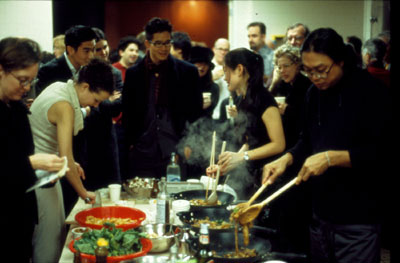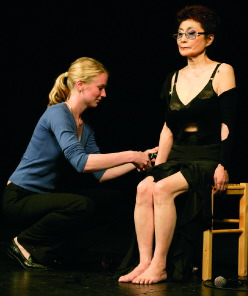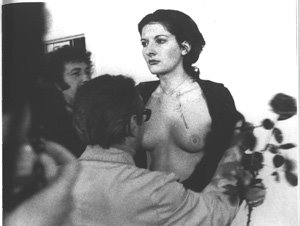 Burkha
Burkha, by Spanish designer/artist
Alicia Framis, is made of
Twaron, also known as kevlar or
aramid fiber, an ultra-resistent material that is bullet-proof, but also resists flames and dog bites. This is to protect its wearer in dangerous extreme right-wing neighbourhoods where violence against immigrants and religious minorities often takes place.
Looking at the picture,
Linda Zacks' question "Burka or Bikini?" comes to mind.

Why does this answer scare me even more? Am I being way too conservative? Besides being an artistic work, it is also a social statement. Yet, somehow, it seems to provoke both sides, the islamic culture and the "Western rationalism". Yes, I think I like this chill down my spine. There is something wrong with the picture, because there is something wrong with the sudden proximity of tradition in its most limiting sense and modernity in its most limiting sense. Seen from the point of view of the other, they both might seem ridiculous. And they could, if they wished to, listen more carefuly to who the other one is. On both sides.
We cannot escape having divided personalities. Having
our culture invaded by
the culture. I always tend to think of the times of the Roman Empire, when latin invaded the world. The ridiculous nature of
civilization is so clear in these periods of overcoming, swallowing... A recent lecture, Coetzee's
Waiting for the Barbarians
, comes to mind: are we better because we wash twice a day? Are we better because we have a method for writing down our history? Because we own what we call
rationalism? How many of us own it, to be precise? But, if we accept the "barbarians", if we embrace the other, either in our tolerance and/or in our wish to enrich ourselves, who are we? And if we are the other, and decide to take some of this otherness in parantheses, as the vast majority of religious people do today, as do people from influencial cultural backgrounds, who are we then?
Double-headed monsters?
 Rosemarie Trockel, Schizo-pullover (1988)
Rosemarie Trockel, Schizo-pullover (1988)



